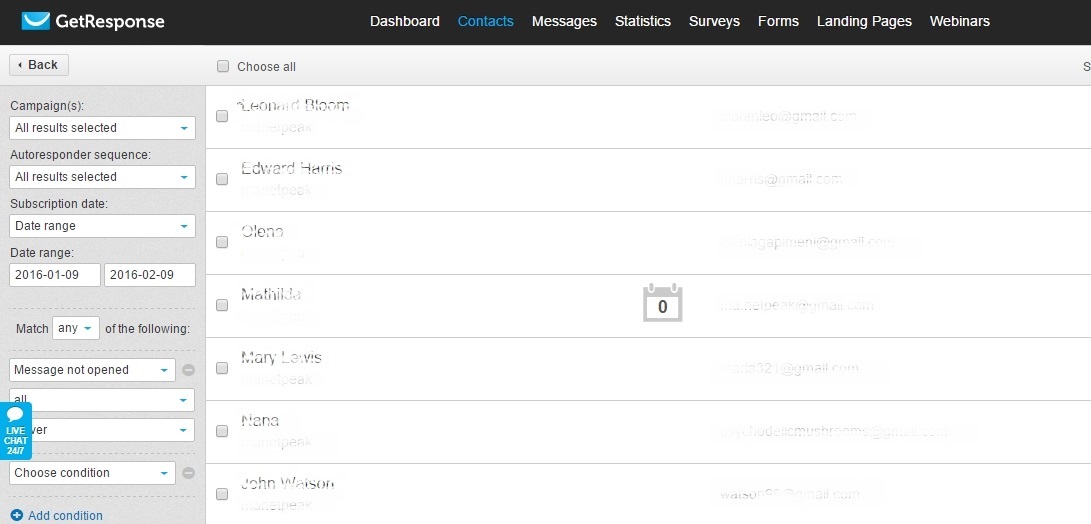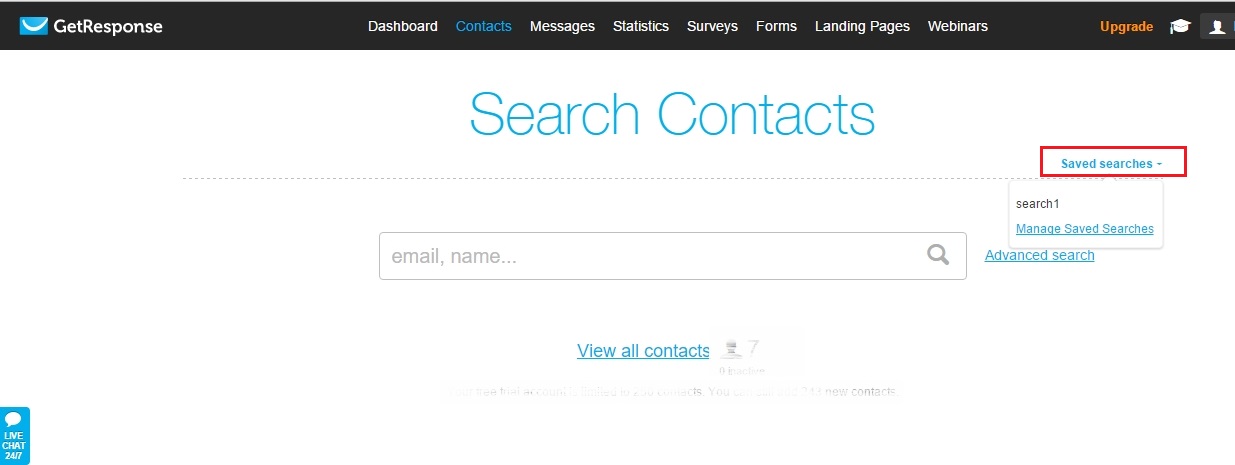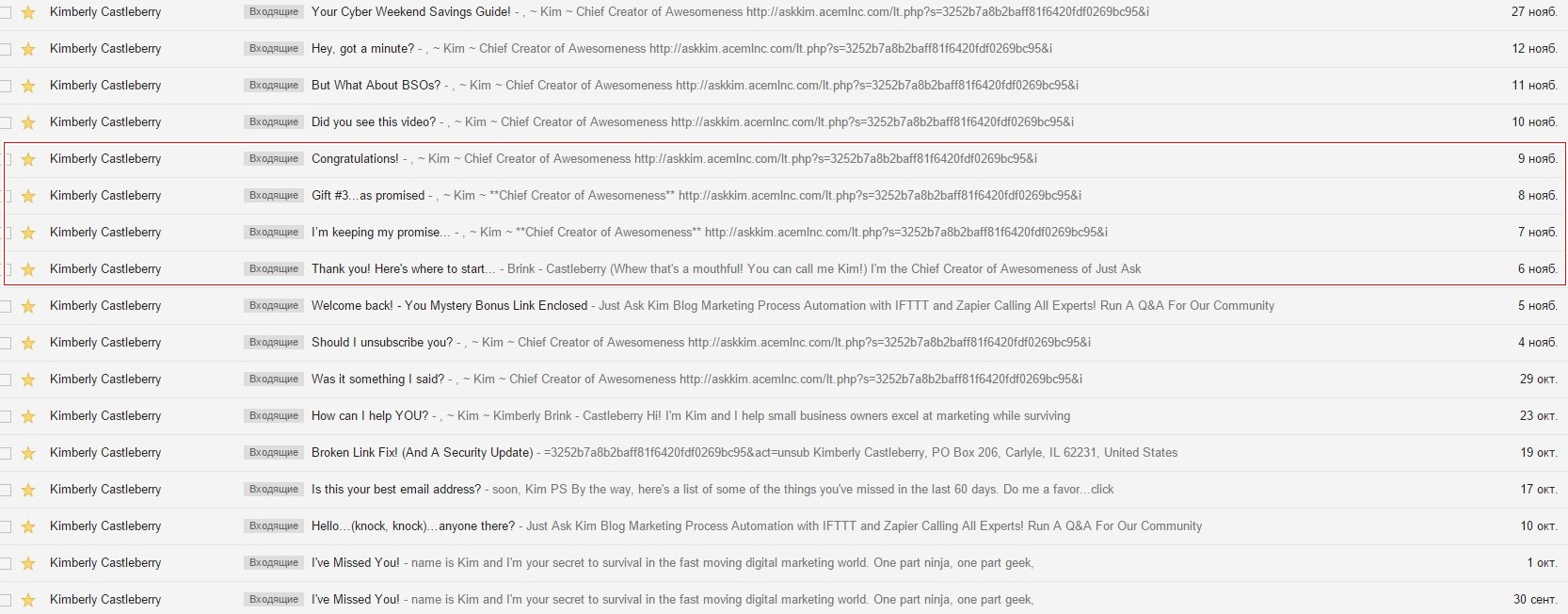Today I want to tell you about 4DCM (the 4 Day Cash Machine Email Campaign)—Frank Kern’s shock therapy method for newsletter subscribers. This tactic takes your email marketing efforts to the next level. It is known that the key condition for the method introduction bases on knowing the interests of the subsсribers group. We will start with the application of Kerns’ methodology of reactivating the newsletters mailing list.
Frank Kern is an expert at the narrow niche of the informative product promotion. The majority of Frank Kerns’ courses are being sold for $1997 — it’s his “trademark”. However, he has once diverged from the rule and earned $ 1,4 million after 54 minutes of the “Serializer” course sale ($10, 000 usual price).
What is 4DCM?
4DCM (the 4 Day Cash Machine Email Campaign) is a series of four daily emails that allows to achieve the desired action from the subscriber. Ideally, the question is selling the product.
4DCM General Rules:
1. Create a unique proposal. It can be a really big discount, a limited-time validity promo code, white paper, or a video course. 2. Clearly identify subscribers by their interests. You can tune up a complex system of categorial subscribing, as it is in BuzzFeed, or you can ask them directly — as Kim Castleberry does. We’ll talk about her methodology in details later, and you can find the sample inquiry by following the link. For the purposes mentioned as the topic of the article, you only need the non-active emails list. 3. After the creation of all four emails, A/B test the headings and text within the narrow segment of your target group. You’ll be able to distribute the email within the whole chosen group as soon as the level of conversion in the desired actions (purchases, orders, or the personal data updates across the subscribers base) exceeds 0,25 (conversion level = clicks amount/desired actions amount). 4. It’s obligatory to send all four emails — one email per a day. The first three go out in the beginning of the working day (from 9 to 10 a.m.), and the fourth—at 12:01 p.m. The main feature of 4DCM lies in structure and the content of the newsletters distribution. But before coming down to the detailed emails observation it is necessary to fulfill a condition from the second paragraph — to identify the groups of inactive subscribers. It seems to be the easiest thing, but the segmentation mistakes have become the reason of the majority of blunders in the reactivation campaigns.
Anti Cases: How Not to Work with Inactive Subscribers
You know, there was a series of unsuccessful re-activation cases in quite reputable companies: 1. The New York Times has accidentally sent an email that has been originally addressed to 300 of inactive subscribers, to more than 8 million subscribers that mistakenly informed them that they have canceled their newspaper home delivery and can restore it immediately with 50% discount. 2. Jay-Z’s music service Tidal has mistakenly reactivated the accounts of the inactive subscribers and charged them of $19,99, which is a monthly worth of the service, instead of offering them to return to the service usage. 3. Trans World Airlines has inadvertently included the email addresses of all their subscribers in the electronic bulletin. They have therefore potentially leaked this valuable information to the marketers and spammers. Everything you do is marketing in some way. But the main purpose of reactivation campaign for sure is activation.
By the way, if you know examples of successful inactive subscribers reactivation campaigns, write them down in the comments.
Many email marketers thrust a persuasion that if one stops reading the newsletters or cancels subscription, there is only one explanation for that — they are simply not interested in you. The absence of interest in email can be based on the overloading of electronic mail box or change of priorities. Furthermore, according to Return Path, 30% of email users change their email addresses every year.
Active or Inactive?
First: who has to be considered inactive specifically? Usually, the matter concerns six or even nine months without opens. Sure, it pleases the admirers of round numbers in the base. But it does not fit the contemporary dynamics of the incoming correspondence per internet capita. John Pollard from Return Path has underlined the following periods for segments of inactive subscribers:
- daily newsletters: up to 30 days without opens, 2-5 and 6-9 months;
- weekly newsletters: up to 60 days without opens, 3-7 and 8-12 months;
- monthly newsletters: up to 90 days without opens, 4-8 and 9-14 months;
Therefore, you can send a particular series of reactivation emails within each of these periods. There’s a more complex segmentation that takes into account users’ visits of the website, product usage, etc. It also provides for the more complex interpretation of parenthetic data. However, the time factor is a basic one. In the opinion of John Pollard, reactivation of subscribers of daily newsletters loses its sense in case there were no opens in more than 6 months. 
How to group inactive subscribers?
Assuming we have to tune up a segment of inactive subscribers that haven’t opened any newsletters for more than 30 days. In GetResponse interface you have to go to “Contacts—Search Contacts” and tune up the following rule in the left menu: 

Zombie Subscribers
The letter creation stage takes leading position in development within all articles on reactivation campaigns For example, here you can find interesting ideas for your headlines, and here — the formatting guide. But the real reactivation campaign starts after the subscriber has followed the link and updated personal data in the base. If you don’t awake the interest of the subscriber that has again believed in you, they will remain to be a zombie subscriber. In other words, they will soon join the list of inactive subscribers. That is why it is important to tune up an algorithm in the platform, in accordance with which everyone who have taken the target action in the reactivation letter receive a welcome-series. Have a look on Kim Castleberry’s reactivation strategy: 
How to Create the Classic 4DCM Letters?
You can get acquainted with the original version of the instruction by clicking on the link.
Day One
Topic of the letter: “Thanks for Being With Us” or any other formulation of saying thank you to the reader.
Body of the letter:
- Set up a deadline of the unique proposal for the subscriber.
- Thank them for coming back to the brand’s audience list.
- Add two links to the product (if you propose it to the user with a big discount).
- There has to be a postscript with the provision of the reason why user has to take advantage of the offer (“hurry up while our servers are still able to withstand the clicks overloading”) and one more link to the product.
Day Two
Topic of the letter: “About Yesterday...”
Such a headline stimulates user to go back to the yesterday letter. Body of the letter:
- Reminding of the offer made the day before.
- Inculcate in the text of the letter three links to the offer.
- Postscript with a link like in the first letter.
Day Three
Topic of the letter: “[briefly] Just be Informed”
Body of the letter:
- I want you to know something about tomorrow evening.
- Repeat your special offer.
- Inculcate in the text of the letter two links to the offer with a special discount.
- Postscript with a link, as in the first letter.
Day Four
Topic of the letter: “The Final Letter”
Body of the Letter:
- Apologize for harassing the subscriber once again because of the offer.
- Underline that the deadline is today.
- Remind the subscriber of the fact that the current offer is a symbol of great thanks for coming back to you.
- Inculcate two links on the product with a special discount.
- Postscript with a link in the end.
In one of the 4DCM application cases, the author tells that the current tactics resulted in the desired actions conversion of 0,34%. Together with that, during the four days period only 4,14% of subscribers have canceled their newsletters. Is it that pitiful to lose these 4,14% if they have just returned from the list of inactive subscribers? From my point of view, the opportunity to turn the residuary 95,86% into active and involved audience outweighs. The 4DCM tactics creates an impression that active subscribers always receive the best. In the case of Netpeak newsletters — it’s the absolute truth. Do you know any other examples of effective subscribers reactivation campaigns? We’ll be pleased to find your point of view in the commentaries!
Recommended theme posts
Related Articles
How to Link Google Ads to Google Analytics 4: A Step-by-Step Guide
Learn more about your target audience and improve your advertising campaigns by taking full advantage of Google’s tools.
Email Bounce Back: Strategies to Overcome Email Delivery Challenges
How do you deal with high bounce rates and make your campaign more effective? I will explain and show you tools for email verification
Text ASO and CRO Loop Strategy for vidby MeetUP: Boosting App Impressions by 3,018% and Installs by 138% in a Month



